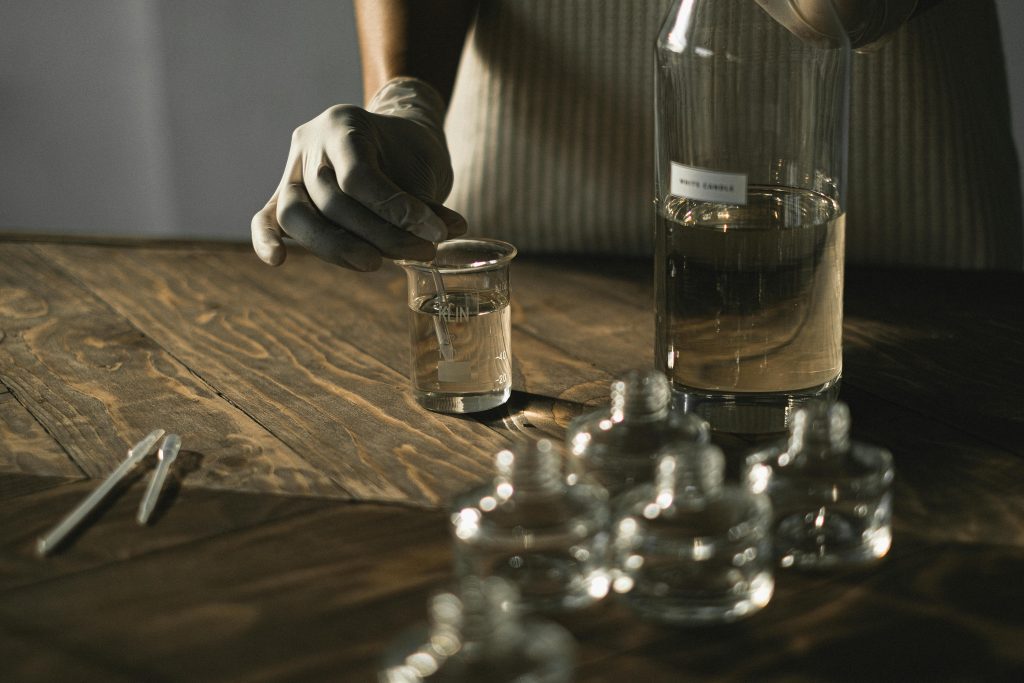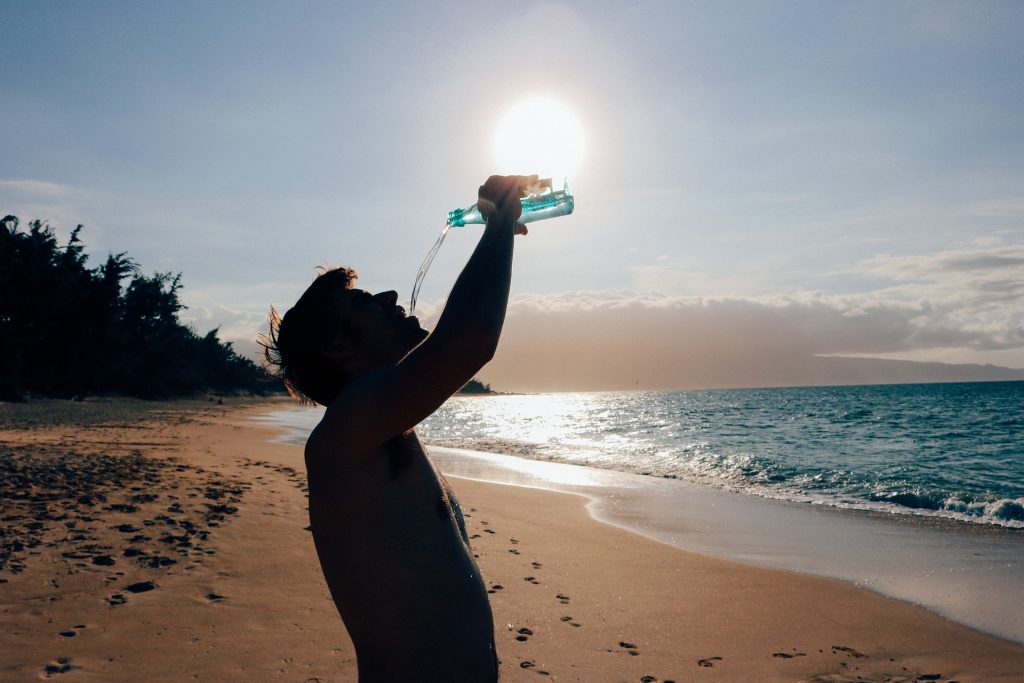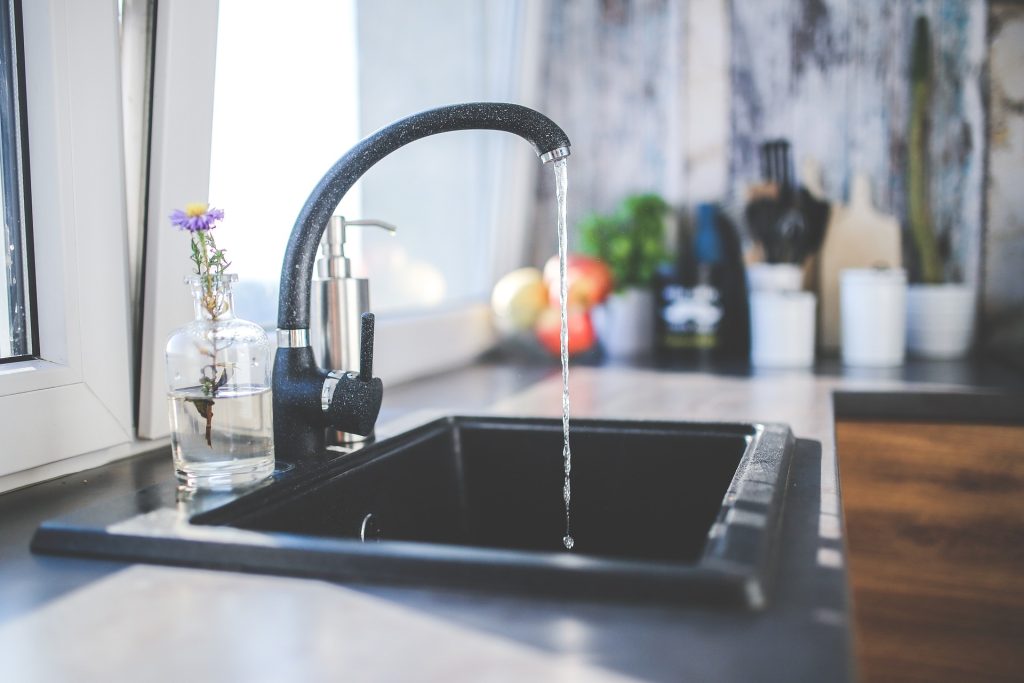Living a healthy and clean life isn’t just about what you eat or how much you exercise—it’s also about being mindful of the chemicals you bring into your home. Many everyday products contain harmful chemicals that can impact your health and the environment. In this post, we’ll explore the top chemicals experts say to avoid in your household, where they are commonly found, and safer alternatives that help keep your living space clean and healthy.

Chemicals to avoid in your household
1. Phthalates
Phthalates are a group of chemicals used to make plastics more flexible and are also found in many fragranced products. They are known to disrupt the endocrine system, which can lead to reproductive issues, particularly in developing children.
Commonly Found In:
- Air fresheners
- Laundry detergents
- Vinyl flooring
- Shower curtains
- Personal care products like shampoos, lotions, and perfumes
Better Alternatives:
- Air Fresheners: Use natural air fresheners made from essential oils, or opt for a homemade version with water and essential oils.
- Laundry Detergents: Choose phthalate-free laundry detergents. Make your own natural laundry detergent for a chemical-free option.
- Personal Care Products: Look for products labeled “phthalate-free” or choose brands that use natural ingredients without synthetic fragrances.
Expert Quote: “Phthalates are concerning because of their potential impact on hormonal balance, especially in young children. Reducing exposure is crucial for long-term health.” – Dr. Sarah Evans, Environmental Health Specialist.
2. Triclosan
Triclosan is an antibacterial and antifungal agent found in many household and personal care products. However, it has been linked to the development of antibiotic-resistant bacteria and may also interfere with thyroid function.
Commonly Found In:
- Antibacterial soaps
- Toothpaste
- Deodorants
- Household cleaning products
- Kitchenware (like cutting boards with antimicrobial properties)
Better Alternatives:
- Soaps and Toothpaste: Use plain soap and water for cleaning your hands and natural toothpaste without antibacterial agents.
- Cleaning Products: Choose natural cleaning products or make your own using vinegar, baking soda, and essential oils.
- Deodorants: Opt for natural deodorants that use baking soda or magnesium as a base.
3. Perchloroethylene (PERC)
Perchloroethylene, often referred to as PERC, is a chemical commonly used in dry cleaning and some household cleaning products. It’s classified as a probable human carcinogen by the EPA, and exposure can cause dizziness, headaches, and long-term health effects such as liver and kidney damage.
Commonly Found In:
- Dry cleaning solvents
- Spot removers
- Carpet cleaners
- Upholstery cleaners
Better Alternatives:
- Dry Cleaning: Look for a dry cleaner that uses wet cleaning or CO2 cleaning methods, which are safer for you and the environment.
- Carpet and Upholstery Cleaners: Use steam cleaning or find natural, PERC-free cleaning products.
- Spot Removers: Try natural alternatives like a mixture of vinegar and baking soda for stain removal.
Expert Quote: “The risks associated with perchloroethylene are well-documented, and avoiding this chemical whenever possible is a smart choice for reducing potential health hazards.” – Dr. Linda Birnbaum, Former Director of the National Institute of Environmental Health Sciences.
4. Ammonia
Ammonia is a powerful cleaning agent that is often found in household cleaners. While effective, it can be highly irritating to the eyes, skin, and respiratory system. Prolonged exposure may lead to chronic bronchitis or asthma.
Commonly Found In:
- Glass cleaners
- Oven cleaners
- Polishes for bathroom fixtures
- Fertilizers
Better Alternatives:
- Glass Cleaners: Mix vinegar and water for a natural glass cleaner that works just as well without the harsh fumes.
- Oven Cleaners: Use baking soda and water paste to clean your oven naturally.
- Polishes: Opt for natural beeswax or olive oil to polish wood and other surfaces.
5. Formaldehyde
Formaldehyde is a chemical used in a variety of household products and building materials. It’s a known carcinogen and can cause respiratory issues, skin irritation, and other health problems.
Commonly Found In:
- Pressed-wood products (like plywood and particleboard)
- Adhesives and glues
- Insulation materials
- Certain fabrics and textiles (like wrinkle-free clothing)
- Household disinfectants
Better Alternatives:
- Furniture and Building Materials: Choose solid wood furniture and low-VOC (volatile organic compound) building materials.
- Textiles: Opt for natural fabrics like cotton or linen and avoid wrinkle-free treatments.
- Disinfectants: Use alcohol-based or natural disinfectants without formaldehyde.
6. Sodium Lauryl Sulfate (SLS)
Sodium Lauryl Sulfate is a surfactant found in many cleaning and personal care products. It’s what makes these products foam, but it can be harsh on the skin, causing irritation and dryness.
Commonly Found In:
- Shampoos
- Body washes
- Toothpaste
- Household cleaners
- Dish soaps
Better Alternatives:
- Shampoos and Body Washes: Look for SLS-free shampoos and body washes made with natural surfactants like coconut oil.
- Toothpaste: Opt for natural toothpaste that doesn’t contain SLS.
- Household Cleaners: Choose SLS-free cleaners or make your own with simple ingredients like vinegar, castile soap, and baking soda.
7. Parabens
Parabens are preservatives used to extend the shelf life of cosmetics and personal care products by preventing the growth of bacteria and mold. However, parabens can mimic estrogen in the body, potentially leading to hormone imbalances and increasing the risk of breast cancer.
Commonly Found In:
- Lotions
- Shampoos
- Makeup
- Sunscreen
- Deodorants
Better Alternatives:
- Lotions and Shampoos: Choose paraben-free products that use natural preservatives like Vitamin E or rosemary extract.
- Makeup: Opt for organic or natural makeup brands that avoid synthetic preservatives.
- Sunscreen: Use mineral-based sunscreens that are free from parabens and other harmful chemicals.
8. Synthetic Fragrances
Synthetic fragrances are mixtures of various chemicals that create a specific scent. These chemicals can include phthalates, which are known to disrupt hormones, and other potentially harmful substances. Synthetic fragrances can also trigger allergies and asthma.
Commonly Found In:
- Laundry detergents
- Air fresheners
- Candles
- Perfumes
- Cleaning products
Better Alternatives:
- Laundry Detergents: Opt for fragrance-free or naturally scented detergents. Check out The Complete Guide to Natural Washing Detergent.
- Air Fresheners and Candles: Use essential oils or natural candles made from soy or beeswax with natural scents.
- Cleaning Products: Choose fragrance-free or naturally scented cleaning products.
Final Thoughts
The chemicals in our homes can significantly impact our health and wellbeing. By being aware of the harmful substances in everyday products and choosing safer alternatives, we can create a cleaner, healthier environment for ourselves and our families. Even small changes, like switching to natural laundry detergents or avoiding synthetic fragrances, can make a big difference in reducing your exposure to harmful chemicals.
For more tips on maintaining a healthy, chemical-free home, be sure to subscribe to our newsletter and follow us on social media!
Sources:


